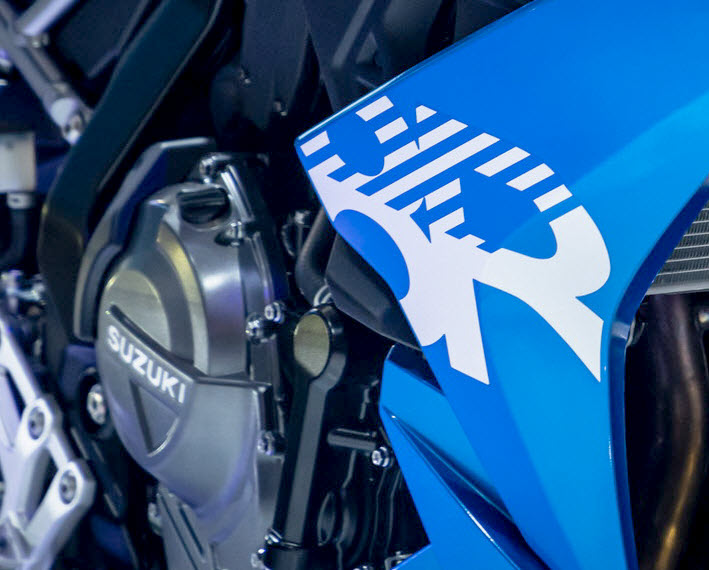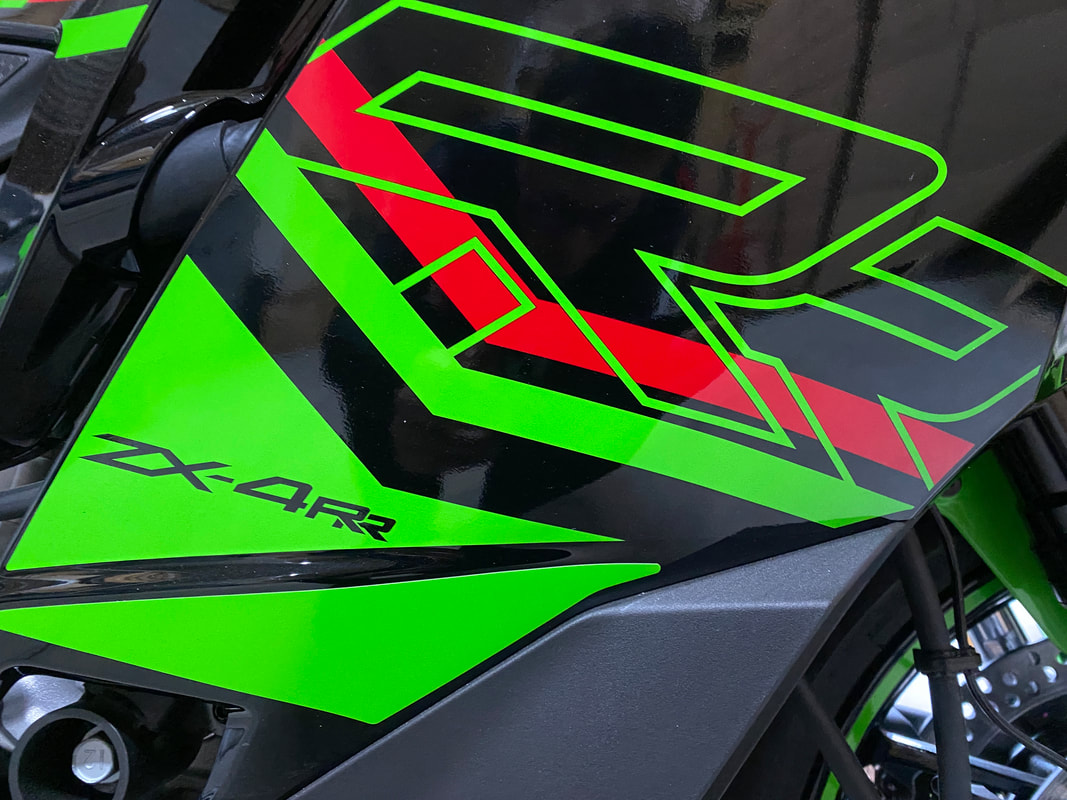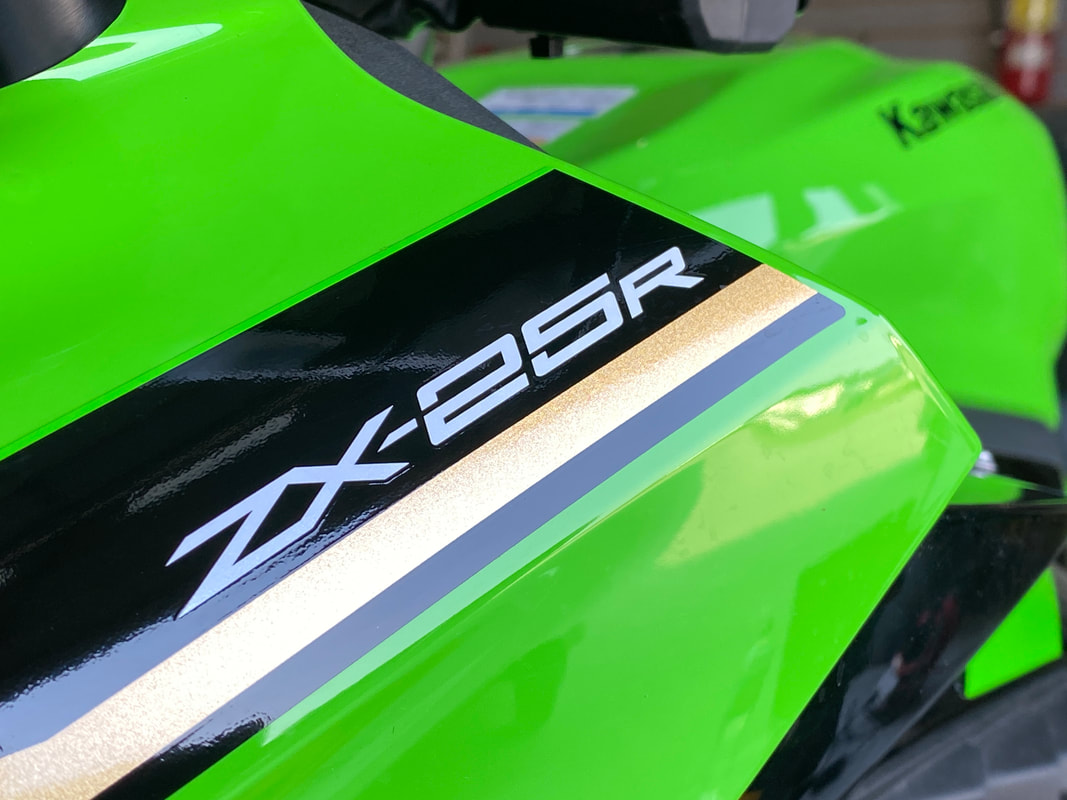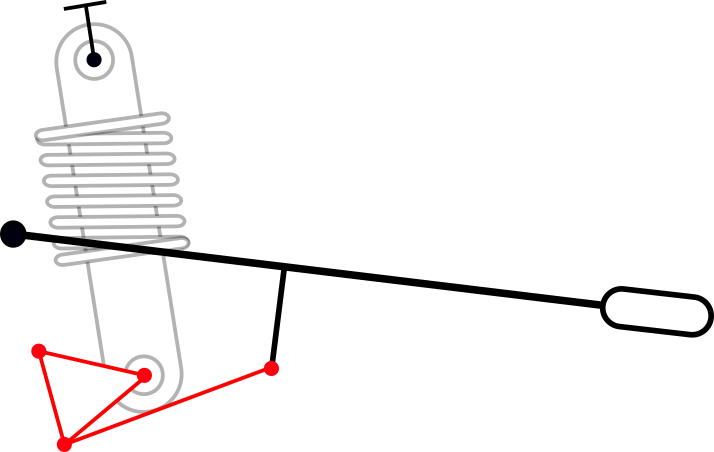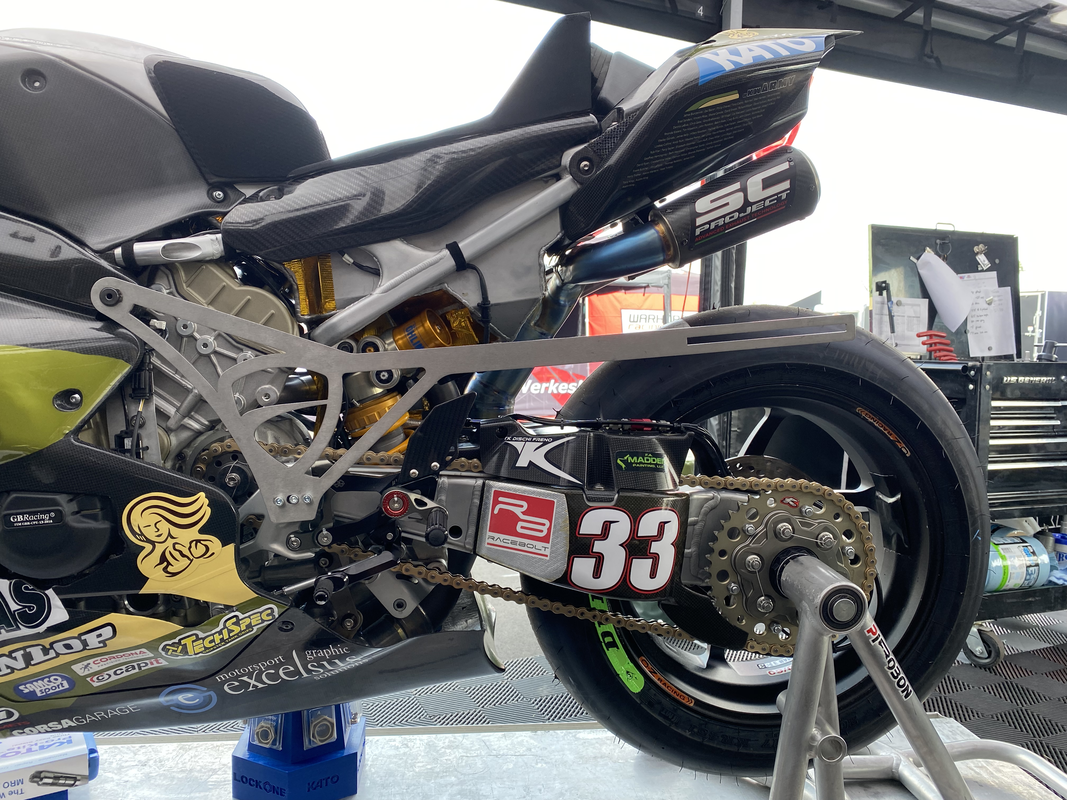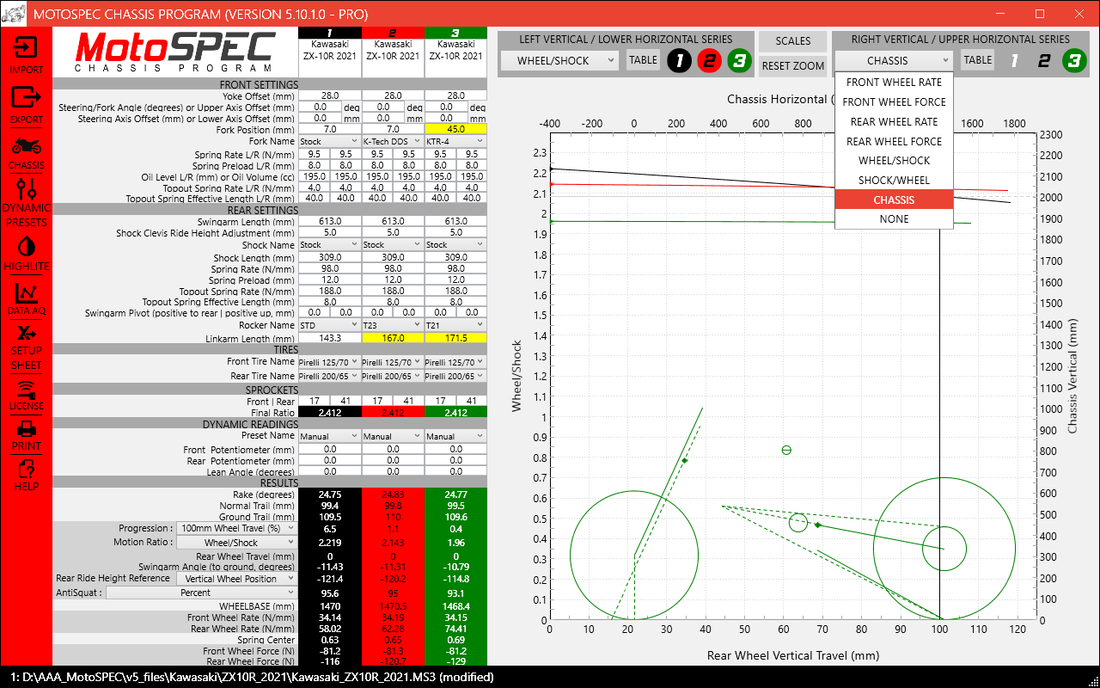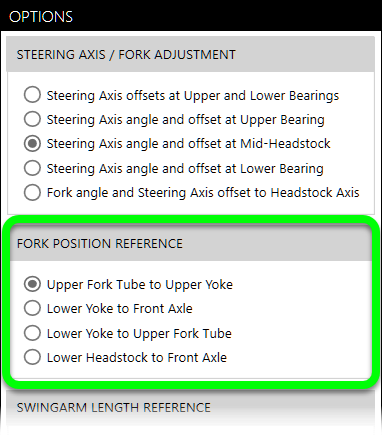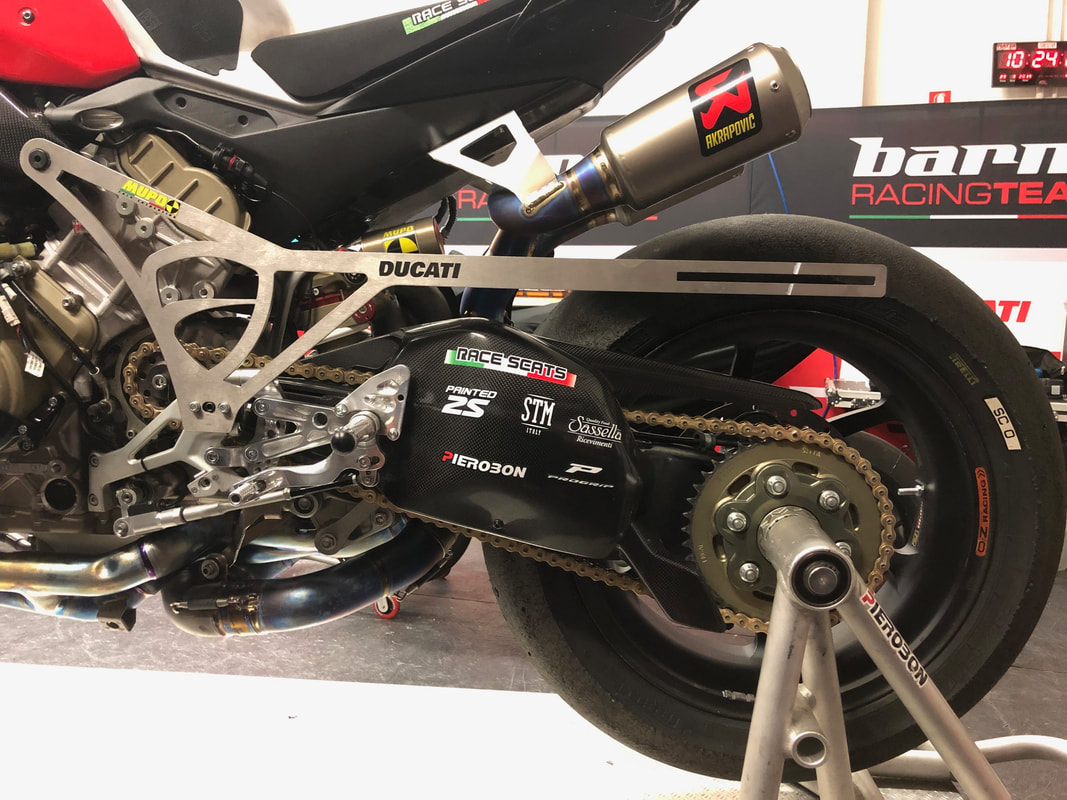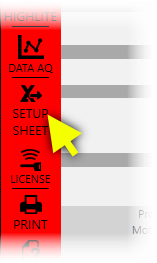|
A new video has been posted on the website and the MotoSPEC YouTube channel. https://www.motospec.ca/videos.html#rideheightref
If your motorcycle is not listed on the MotoSPEC homepage, it may be that a chassis file for that model has not yet been released. Please request your motorcycle in your trial application and it will help indicate models of interest for current and future MotoSPEC customers.
European Dunlops for SSP and SSP300 classes have recently been measured. These tires are used in the Italian (CIV), Australian and other championships.
If the motorcycle and rider are traveling in a straight path on level ground, the total weight on the tires is constant (neglecting the weight of the burned fuel). Weight is transferred between front and rear tires with acceleration and braking but the total weight is constant.
The total weight or force on the tires will only change if the the motorcycle as a whole is accelerating upwards or downwards (i.e. climbing a rise or falling into a dip) or experiencing aerodynamic downforce or lift. Weight Transfer is defined as the 'increase in rear axle downward load (and corresponding upward increase in the road reaction on the axle) or the corresponding decrease in front axle load' (Race Car Vehicle Dynamics, Milliken) that occurs with forward longitudinal acceleration.
To understand the effect of a top-out spring, it can be best to start by examining the forces in the shock or fork, and looking at the force curve of the suspension. The suspension rate can then be understood as the slope of the force curve. A current R1 is used as an example.
Examples of the GSX-8R and GSX-8S have been measured and the MotoSPEC files are now available.
Both the ZX-4RR and ZX-25R are now available for MotoSPEC.
The chassis specifications can be downloaded from the customer section of MotoSPEC website. The ZX-4RR and ZX-25R are also available with trial licenses of MotoSPEC. TrackDaz 'Ask A Superbike Genius' series on MotoSPEC can be viewed here.
Bridgestone slicks and treaded tires have been measured and are now available for MotoSPEC.
An example of the 2023 KTM 450 SX-F has been measured and the files are now released for MotoSPEC.
The 2023 SX-F chassis is completely revised, with new frame tube profiles and forged upper shock mount. Many thanks to Mission Cycle in Angus, Ontario! MotoSPEC supports all the common rear suspension configurations, and a lot of less common ones also. Many of the suspension configurations can also be specified with eccentric rear axles. FRAME-MOUNTED ROCKER Below is the Frame-Mounted Rocker that is found on 2005 and later Yamaha R6, and 2009 and later Yamaha R1.
Ride Height Gauges are used as a reference for measuring the vertical position of the rear wheel relative to the frame.
A Ride Height Gauge is a better reference for vertical rear wheel position than a point on the seat cowl or rear subframe, which can be damaged or bent in a crash. The MotoSPEC Ride Height Gauge function represents the physical gauge in the chassis program, calculating the gauge measurement as setup changes are investigated. Additions to the MotoSPEC library of chassis files in 2021 include the Ducati Panigale V2, BMW M1000RR and Yamaha R7.
Updates made to MotoSPEC during 2021 include force-based Dynamic Presets, improved Fork specifications, and Multi-Rate rear springs.
With British Superbike kicking off this weekend, FS-3 Kawasaki crew chief Ian Prestwood shows how he uses MotoSPEC to simulate and evaluate the effect of setup changes at Oulton Park.
Recent modifications to MotoSPEC include a revised but familiar interface, improved component specifications and custom colors.
There are two types of chassis files used with MotoSPEC, indicated by their extension: MS1 and MS3.
The two types of chassis files allow MotoSPEC to be configured in multiple ways, providing flexibility to accommodate different usage scenarios.
There are four options for specifying fork position in MotoSPEC, to accommodate every method in use.
Right-clicking in one of the MotoSPEC columns will display a context menu that allows settings to be copied from another column.
PRO licenses can copy the entire chassis specification and settings from another column, and also clear all chassis specifications and settings from the column.
Dunlop has provided the inflated profiles for their flat-track tires - the new tubeless DT4's and also the pre-2020 tubed DT3's.
For PRO licenses, the tire specifications now include radial stiffness.
Using the profile and radial stiffness, MotoSPEC v5.7 can calculate the 'loaded radius' of the tire with lean angle, improving the accuracy of the geometry calculations.
MotoSPEC can map a Ride Height Gauge into the chassis specifications.
MotoSPEC will then calculate and display the ride height measurement corresponding to the chassis settings. This allows rear ride height to be accurately maintained or modified while exploring setup options, and the shock length or ride height adjustment can be specified when generating build sheets for mechanics.
The MotoSPEC GEARING TABLE will calculate the swingarm length and final ratio, as determined by the countershaft location and swingarm geometry.
The user can specify the swingarm length and sprocket ranges, and only gearing options within those ranges will be presented in the GEARING TABLE. The GEARING TABLE can be sorted to present the gearing options for the most efficient decision making.
The SETUP SHEET function can be used to write out chassis setting or geometry values directly from MotoSPEC into an Excel spreadsheet.
This eliminates the duplicate entry of values in MotoSPEC and the user's Excel setup sheet, saving time copying these values for record-keeping or when creating build sheets for mechanics. The cell address for each value is specified once, and then all the desired values can be written out with just a couple of mouse clicks. The file, column and row specifications are retained after MotoSPEC is closed, so that they are available the next time that the SETUP SHEET is used. |

